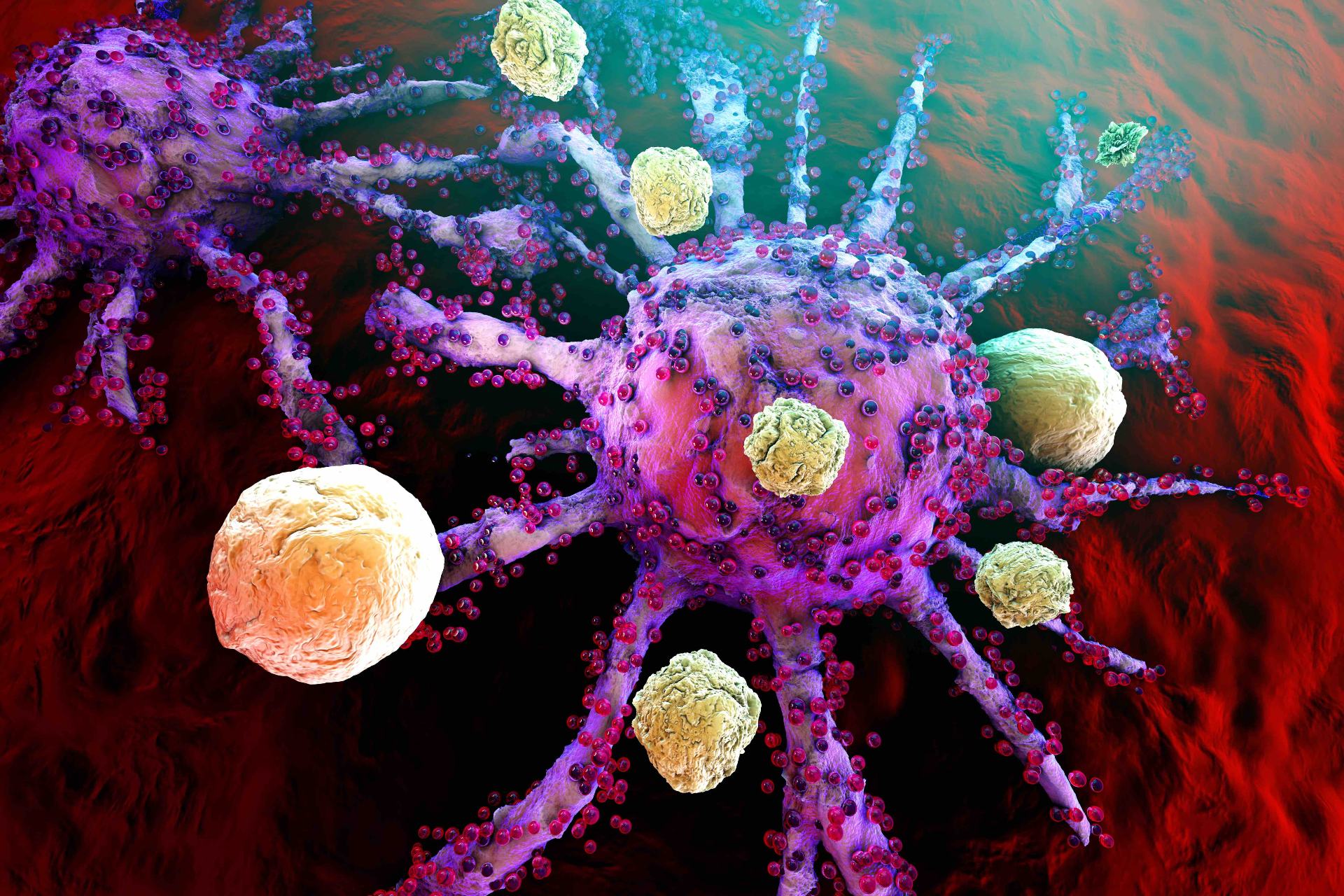Video
CLL: Addressing Treatment Paradigms and Unmet Needs
John Fox, MD, MHA: More than 20 years ago, it was discovered that CML, or chronic myelogenous leukemia, had a single genetic marker or target: BCR-ABL. But it has only been recently that we’ve discovered that CLL also has common molecular targets that can be focused on to treat CLL. For years, we simply used chemotherapy that was palliative and that didn’t improve overall survival or progression-free survival. With the advent of CD20 therapies like Gazyva (obinutuzumab) and Rituxan (rituximab), we began to improve overall survival. But in recent years, with our understanding of the molecular pathways, especially the BCR B-cell receptor pathways, we’ve understood the importance of Bruton tyrosine kinase, which led to the development of ibrutinib and, subsequently, development of other molecular targets that have improved overall survival, as well as progression-free survival in CLL.
So, the real challenge for us in managed care is to help ensure that we provide access to the most effective therapies for these conditions, moving away from chemotherapy-based regimens to include anti-CD20 therapies in combination with molecularly targeted therapies and, sometimes, molecularly targeted therapies as a standalone. We, in our health plan, and most health plans use the NCCN guidelines to help define what is considered the standard of care, and our objective is to ensure that we provide access to those standards of care.
Ironically, historically, we’ve looked at a number of different categorizations—those who are frail and have multiple comorbidities, those who are over the age of 65 with comorbidities, and those under the age of 65 and are otherwise healthy. The advent of new molecularly targeted therapies has really diminished the need to understand those different categorizations and has focused more on high-risk factors such as 17p deletions, 11q deletions, 13q deletions, and complex morphology or complex karyotypes that are all helping us understand which therapy should be used in which patients.
As in most cancers, the primary unmet need is for long-term survival and, secondarily, long-term survival with either reduced toxicities or the need, or the ability, to go treatment free. Even with the advent of ibrutinib, or Imbruvica, targeting the Bruton tyrosine kinase, there are still very few complete responses. In subsequent studies looking at venetoclax, there are higher rates of complete responses. But nevertheless, there aren’t 100% complete responses in any of these targeted therapies, so it’s going to be very interesting to look at the combinations of multiple targeted therapies to see if we can induce complete responses with minimal residual disease and, potentially, the ability to go without treatment for a long period of time.





